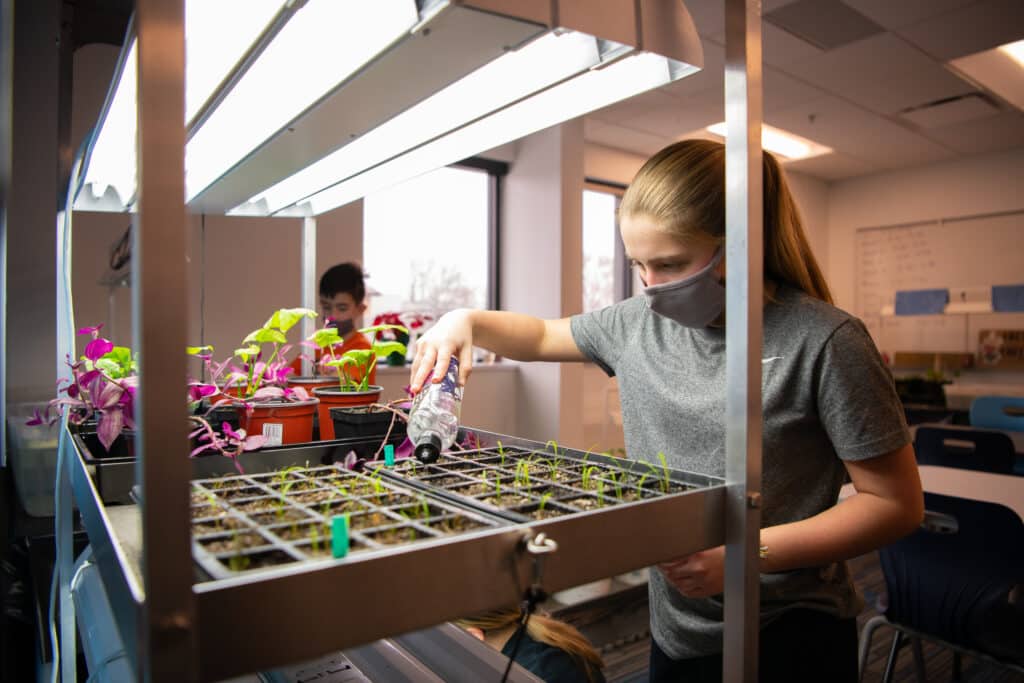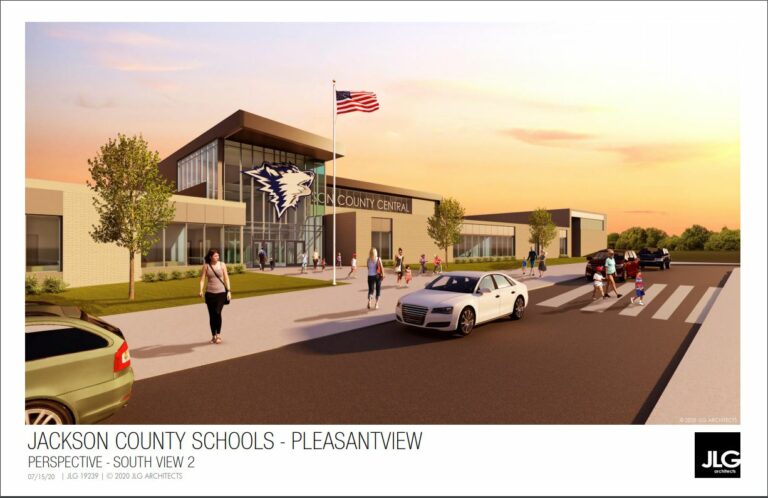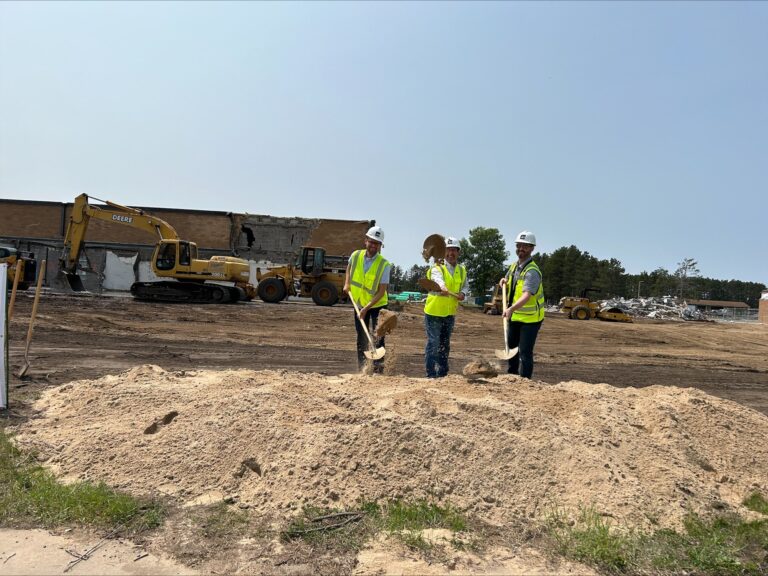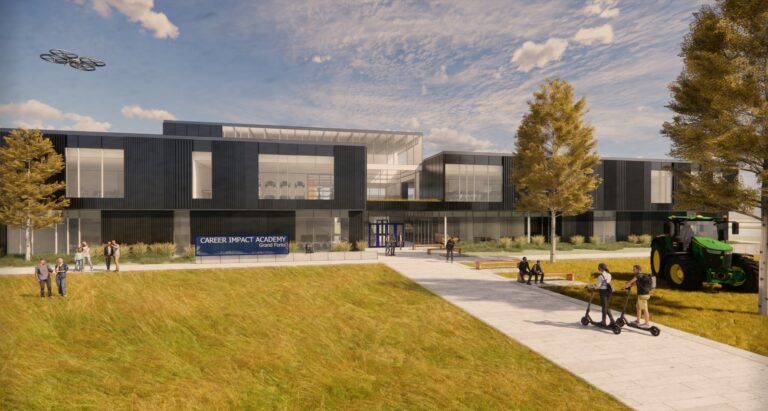The entrepreneurial spirit of today’s students is laying the groundwork for collaborative learning environments that drive their dreams beyond the textbook. In response, schools across the nation are broadening exploration of Career and Technical Education (CTE) to help students make sense of what they are learning. This is hands-on education that has the power to transform the way we live, learn, and do business. Like other aspects of This Century learning, CTE is not only about what you know, but how you apply it to the problem at hand.
Personalizing Learning Experiences
It’s easy to sit back and ask ourselves how we ever managed without technology, flexible learning environments, and access to hands-on lessons when we see students thriving in these environments in ways that make them want to come to school. Traditional classrooms still have value, but it’s the experience students are getting beyond the classroom that is helping elevate their potential and expedite their path toward rewarding careers. CTE, in collaboration with traditional core subjects, begins to help students understand how all subjects are important in their future careers.
CTE gives students options to explore new interests in an active, hands-on setting – skills that can be immediately applied in the regional workforce. Whether students are categorized as Visual, Auditory, Kinesthetic, or Verbal learners, CTE offers unbridled opportunity. In fact, students in CTE programs have been repeatedly studied and are found to be more likely to graduate from high school than those who don’t. If that’s not enough to pique your interest, according to the U.S. Department of Education, “Eight years after their expected graduation date, students who focused on career and technical education (CTE) courses while in high school had higher median annual earnings than students who did not focus on CTE.”
Creating Career Readiness
Today’s CTE programs are far more than the wood and metal shops of the last century. Modern CTE education is a true-to-life, simulated experience that can put students’ skills to the test in commercial kitchens, mechanical and auto shops, labs, greenhouses, manufacturing, and emerging technical advancements. To sum it up, these are the ultimate maker spaces where new interests are ignited and hands-on problem solving is encouraged.
Many schools are taking their CTE further, partnering with local industry and businesses on behalf of regional workforce. Here, students can step out of high school with applicable career skills in business, accounting, nursing, drone piloting, audio-visual technology, diesel mechanics, culinary, STEM, manufacturing, robotics, marketing, architecture, construction, or horticulture – all aligned with industry and regional needs.
Post-Graduation + Cross Collaboration
While many CTE students aim for experience or certification to advance quickly into careers after graduation, others look to CTE as a springboard, better preparing them for a four-year or two-year college education. CTE programs also give students the opportunity to cross-collaborate between subjects, creating experiences that simulate real-world business transactions. For example, if a school has an agriculture program growing plants, the business program can step in to advise a plan for the sale of those plants. Next, the art program can collaborate with the marketing program to create a campaign including imagery for graphics, posters, and advertising.
Similarly, building a house involves not only the construction, but the design, drafting, estimating, understanding of the supply chain, and ordering of the materials. Students will also gain experience marketing the house for sale, managing costs during construction, setting the price, and ultimately selling the house. This type of collaboration gives more students the opportunity to be involved depending on their particular interest.
Full-circle collaboration is precisely why program location is critical. When designing for CTE, we keep in mind the proximity to other programs, ensuring complimentary programs are within reach for collaboration. Traditionally, Tech Ed space is relegated to the farthest point in the building. By placing it in a central location, the programs can encourage engagement and celebrate workforce learning at a distinctly higher level. Creating transparency around the programs, more students are exposed to what is happening in CTE. This is all part of the process of reinforcing valuable skills and habits students will need once they enter the workforce.
The Business of Building Relationships & Industry Partnerships
CTE programs are a fantastic way to build strong relationships with regional industries and create lucrative partnerships that benefit students and community. The most successful CTE programs provide workforce solutions that directly reflect your community and industry needs. Talk with local business leaders and ask what skills they are looking for in their future workforce. Find out what type of equipment and machinery they are using and what skills are needed to operate them. You may even discover that some businesses are willing to form a partnership, one in which your school caters programming to their needs, and they provide real-world equipment to your programs.
Partnerships can create a direct talent pipeline for local industries looking for skilled, local talent. CTE has the capacity to create a cyclical relationship where the school is able to support local businesses, and in turn, local businesses are able to support the school district. Many CTE programs also help create summer internship opportunities so students can start applying their skills. This is where students begin building their own relationships with local business leaders and community members; sharing knowledge of their programs with those who may not have students in school.
A Brighter Future
The future of CTE programs is looking brighter every day. Through specialized skills training, CTE students have become our workforce’s most valuable asset, strengthening the resilience of industry and our communities. For students and schools, CTE equates to enhanced confidence for those transitioning to college, and immediate career opportunities for those who are not. With either pathway, both gain the ability to explore a wide variety of interests, gain employable skills, create job stability, and land well-paying careers close to home.




